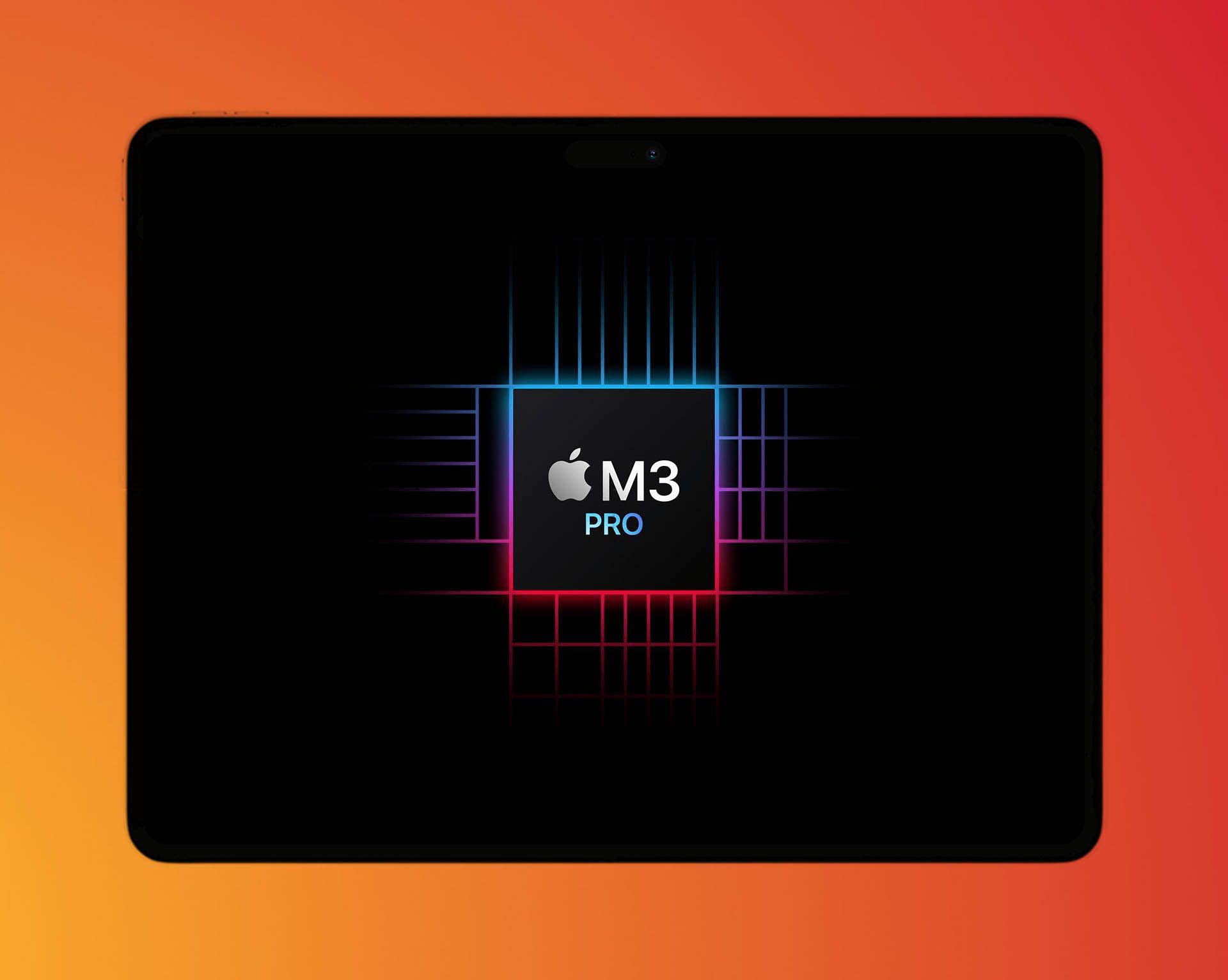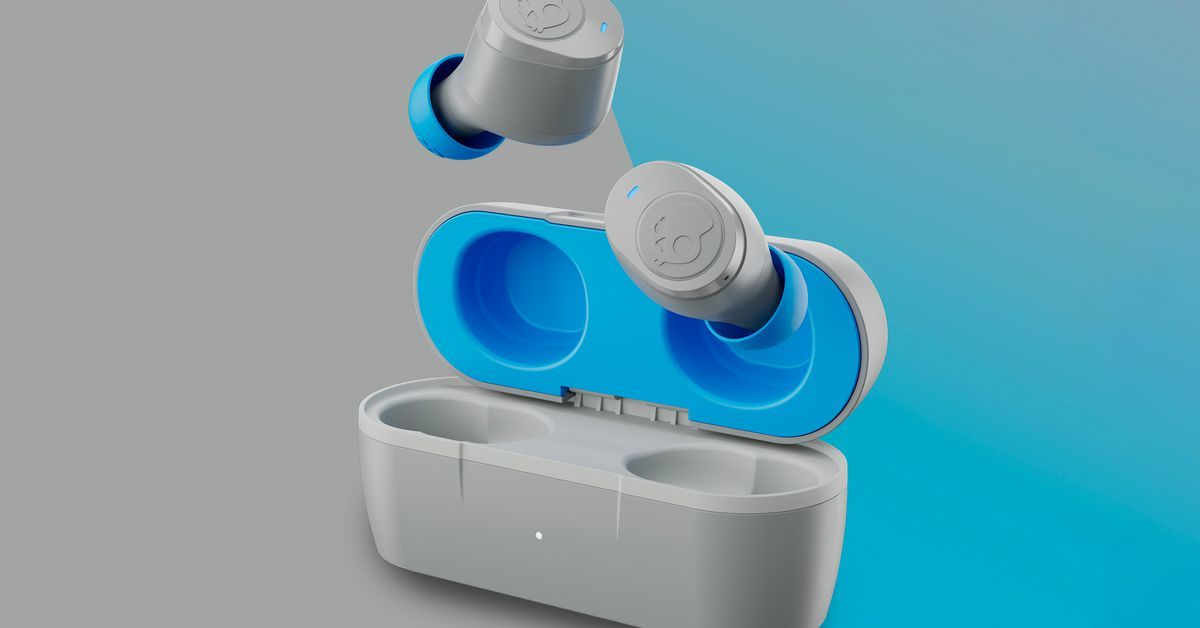Apple’s M3 Pro Base Version Could Only See An Increase In Efficiency Cores To Improve Thermals On 14.1-Inch iPad Pro
The M3 Pro will be the newest entrant of Apple’s more powerful custom chipsets, and looking at the company’s previous product launches, such SoCs debuted in the pricier MacBook Pro models first. However, there has been a rumor doing the rounds that a bigger, 14.1-inch iPad Pro will launch and it will be treated to this chip, and in order for that plan to reach completion, some compromises need to be made, such as increasing the number of efficiency cores instead of the performance ones.
Only the base version of the M3 Pro could be found in the iPad Pro due to space and thermal constraints
Bringing the M3 Pro to an iPad Pro would sound like an absolutely ‘crazy’ move, but people hearing about Apple bringing the M1 to its top-end tablets was astonishing too. Under the right conditions, a ‘Pro’ version of the same silicon can find itself in a larger tablet, but there will have to be some compromises. For instance, given the back of an active cooling solution in a thin tablet, Apple would have to resort to using the base version of the M3 Pro.
For those that do not know, this version of the M3 Pro features a 12-core CPU, which is divided into six performance and six power-efficiency cores. Comparing the base variant of the M3 Pro and M2 Pro, we find that the number of performance cores remain the same and that Apple may only focus on increasing the number of efficiency cores. While the 12-core will result in improved multi-core performance compared to M2 Pro’s 10-core part, the difference will not be as much as it would be had there been more performance cores.
The bigger surface area of the 14.1-inch iPad Pro can dissipate heat slightly better than the smaller versions, but the lack of a fan can bring about a ‘night and day’ difference. It is also possible that the M3 Pro running in a future tablet operates at a lower TDP compared to the same unit running in a MacBook Pro or Mac Studio model. This will mean lower performance, but at the same time, you do get access to those extra CPU and GPU cores. Unfortunately, nothing is confirmed at this point, so until we have concrete info, treat this information with a pinch of salt.
Source: Wccftech


